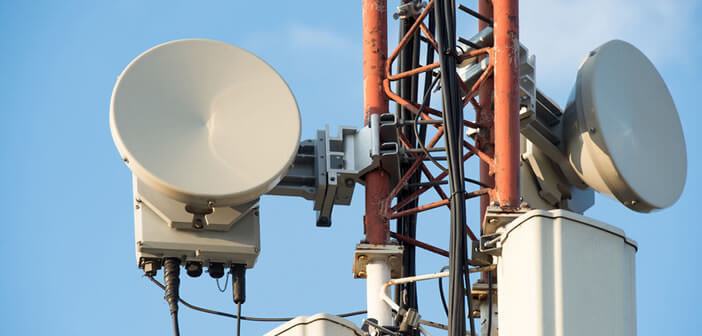
Have you probably heard of DAS? Since October 2010, a law obliges smartphone manufacturers to indicate the SAR value of their devices on advertisements and information documents. But what is this index for? How do we measure it? And should you always favor a smartphone with a very low SAR?
What is DAS?
SAR is certainly the best known and most visible mobile phone index. But few consumers know exactly what this index is for. At most, they know that the higher the number, the more likely the phone is to be potentially harmful to health..
The DAS index which is always written in capital letters is an acronym meaning specific absorption rate. To put it simply, it is a unit measuring the maximum power of the waves received by a user when using a mobile phone. The higher the number, the more the smartphone will emit electromagnetic waves.
The SAR index is expressed in watts per kilogram. The European Union prohibits the sale on the market of devices whose SAR exceeds 2 W / kg . By way of comparison, the FCC (the federal communications commission) in charge of regulating telecommunications in the United States places a limit of 1.6 W / kg on the manufacturer..
Please note, these figures should be put into perspective. Indeed, the power emitted by smartphones is not calculated in the same way on both sides of the Atlantic. The SAR (Specific Absorption Rate), the US equivalent of the DAS is based on a different calculation method. The measurements are performed on a representation of the human head. The phone is then placed in different positions on each side of the mannequin's head.
How is the SAR of smartphones measured?
In Europe, the measurement is carried out on the head as well as on the body in specialized laboratories. To comply with the standards in force on the old continent, smartphone manufacturers must comply with a measurement protocol defined by CENELEC (European Committee for Standardization in Electronics and Electrical Engineering)..
The SAR measurement is carried out with the telephone glued to the manikin's ear. The latter is filled with a liquid supposed to imitate human tissue. The measurements are then made from different angles. The purpose of this procedure is to reproduce in the laboratory the real conditions of use of mobiles.
Are electromagnetic waves dangerous for humans
No serious scientific study today makes it possible to affirm that electromagnetic waves are harmful to health. There is still a lack of perspective today. However, the World Health Organization (WHO) has classified electromagnetic waves or radio frequencies in class 2B, that is to say that corresponding to agents that may be carcinogenic to humans.
Pending the publication of new studies, WHO recommends that users minimize exposure to direct waves. Use headphones for long conversations with the smartphone glued to your ear. Also avoid leaving your smartphone lying around in the pockets of your pants or jacket.  It is also strongly advised not to sleep near a switched on telephone. Here you will find various information to help you reduce your exposure to electromagnetic waves.
It is also strongly advised not to sleep near a switched on telephone. Here you will find various information to help you reduce your exposure to electromagnetic waves.
Today very few consumers use the SAR as a criterion of choice when acquiring a new mobile phone. It is wrong. Today we find very good phones with very low SAR.
This is the case for example of the Galaxy Note 8 whose displayed SAR head is 0.173 W / kg. We can also cite the LG G6 (0.393 W / kg), the Galaxy S7 EDGE (0.264 W / kg) or the Wiko Pulp 4G (0.114 W / kg).